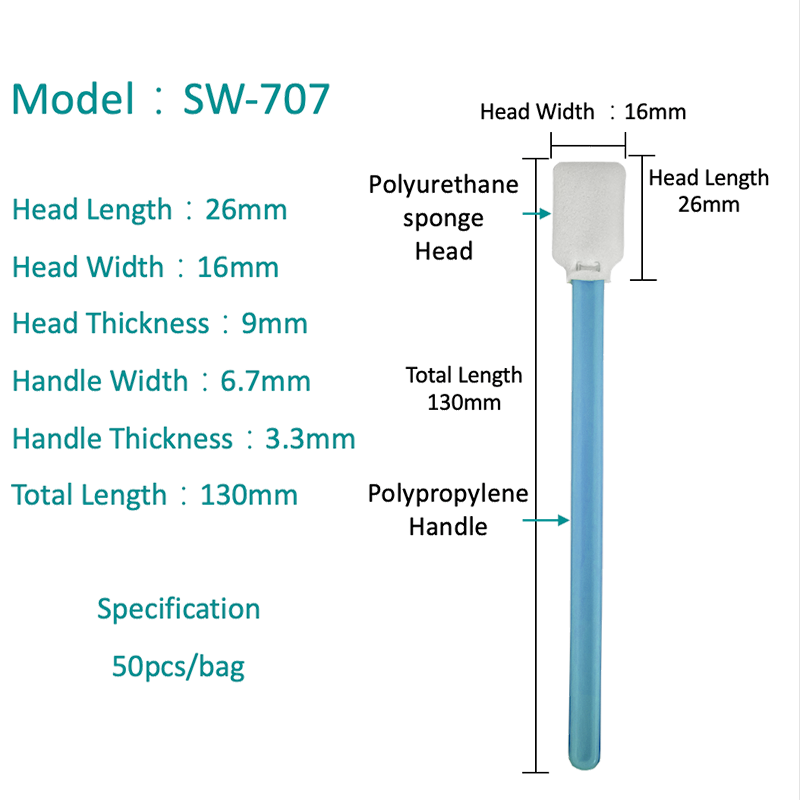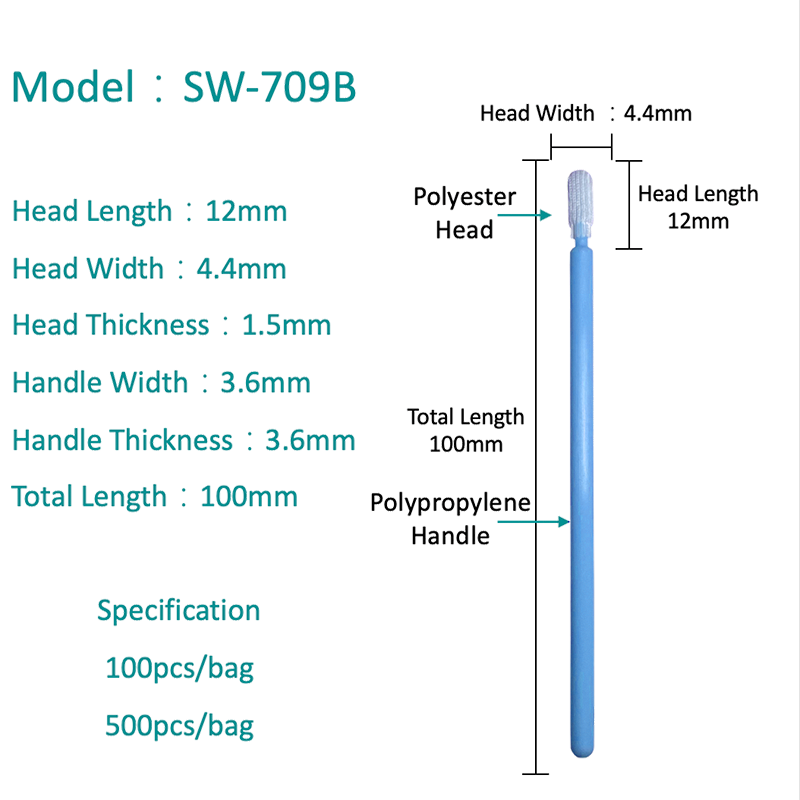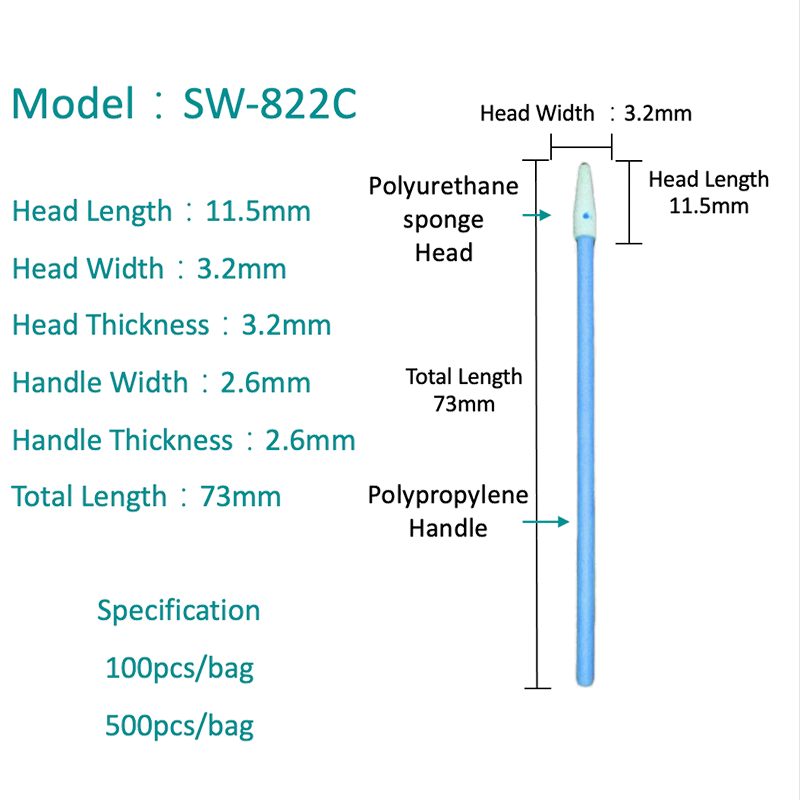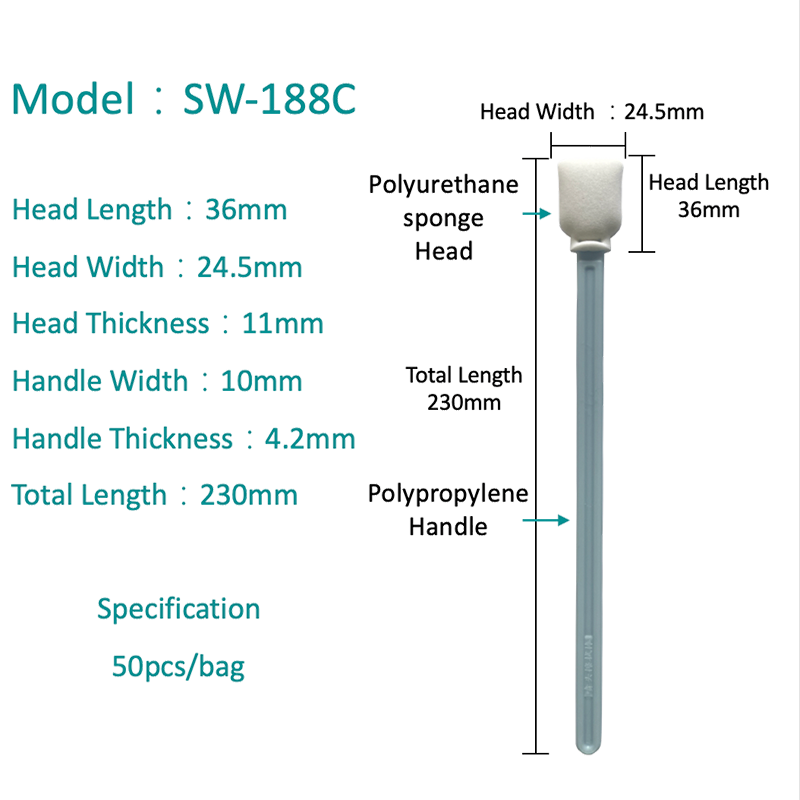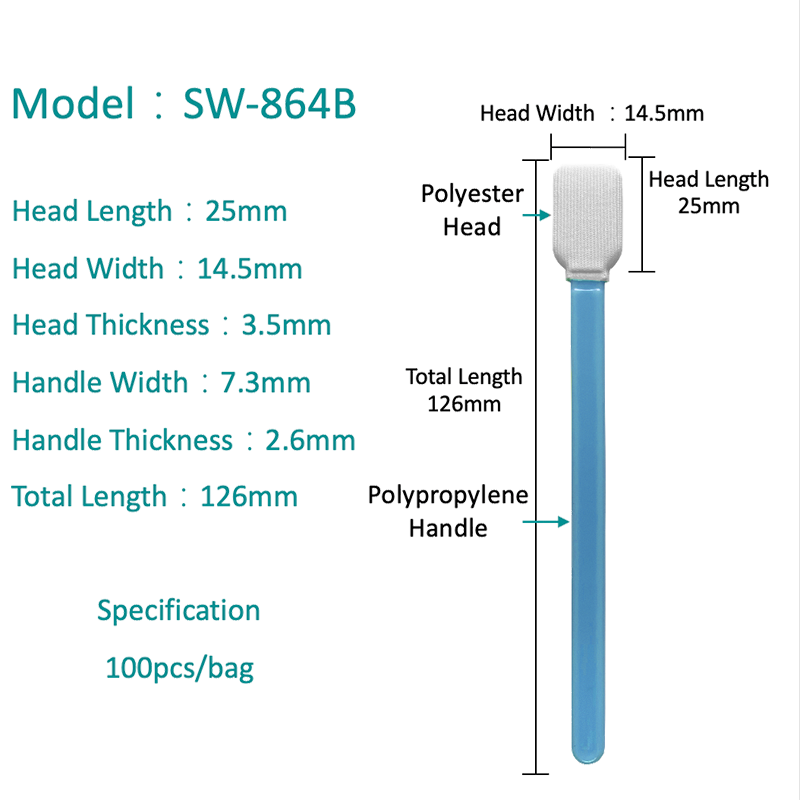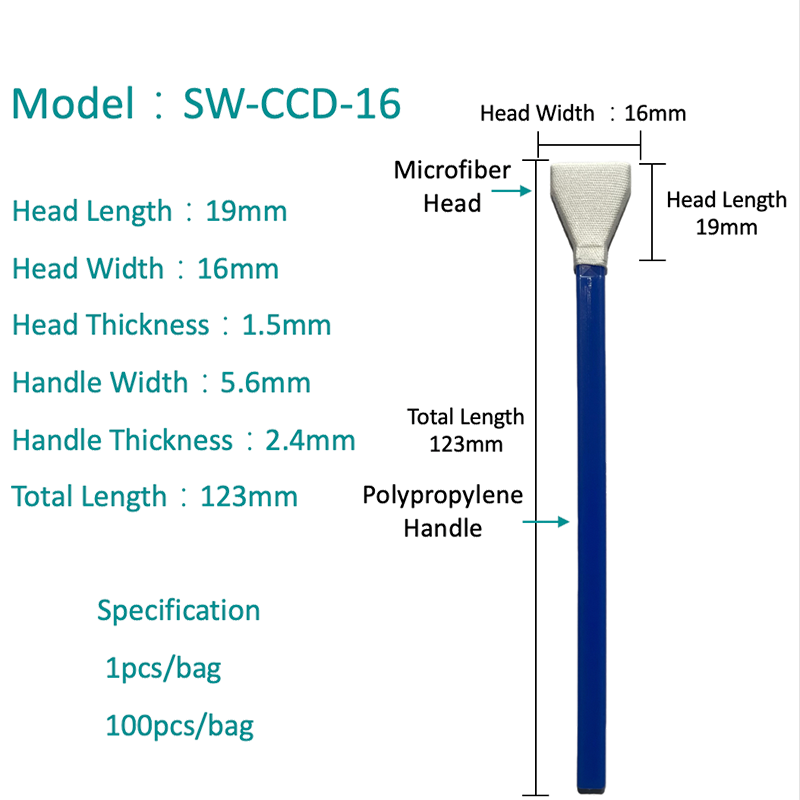HOME / NEWS / Industry News / The Ultimate Guide to Sponge Sticks: Uses, Benefits, and Selection Tips
What is a Sponge Stick and Why You Need One
A sponge stick is a versatile cleaning tool that combines the absorbent properties of a sponge with the reach and convenience of a stick handle. These practical tools have become essential in both household and industrial cleaning routines. Unlike traditional sponges, the stick design allows users to clean hard-to-reach areas without straining or bending, making them particularly useful for tile walls, windows, and high surfaces.
The anatomy of a typical sponge stick consists of three main components:
- The sponge head (often replaceable)
- The extendable or fixed handle
- The attachment mechanism
Key Advantages Over Traditional Cleaning Tools
When comparing sponge sticks to conventional cleaning methods, several distinct advantages emerge:
| Feature | Sponge Stick | Traditional Sponge |
|---|---|---|
| Reach | Extended reach up to several feet | Limited to arm's length |
| Ergonomics | Reduces back strain | Requires bending/stretching |
| Versatility | Multiple surface applications | Typically single-purpose |
Best sponge stick for car washing: Automotive Care Essentials
When it comes to automotive care, selecting the best sponge stick for car washing requires careful consideration of several factors. The ideal car washing sponge stick should be gentle enough to prevent swirl marks while being effective at removing dirt and grime.
Key Features for Automotive Use
The best sponge stick for car washing should possess these essential characteristics:
- Ultra-soft microfiber or lambswool head to protect paint
- Non-abrasive texture that won't scratch surfaces
- Long enough handle to reach roof and wheel wells comfortably
- Quick-release mechanism for easy head replacement
Maintenance Tips for Car Wash Sponge Sticks
Proper care extends the life of your sponge stick significantly:
- Rinse thoroughly after each use to remove embedded dirt particles
- Store in a dry, ventilated area to prevent mildew
- Replace the head every 3-6 months depending on usage
- Never use the same sponge stick for wheels and paint
How to clean sponge stick properly: Maintenance Guide
Learning how to clean sponge stick properly is crucial for maintaining hygiene and extending the tool's lifespan. Proper cleaning prevents bacterial growth and ensures optimal performance with each use.
Step-by-Step Cleaning Process
Follow this comprehensive method for how to clean sponge stick properly:
- Rinse the sponge head under warm water to remove loose debris
- Soak in a solution of warm water and white vinegar (1:4 ratio) for 15 minutes
- Gently squeeze the sponge to work the solution through the material
- Rinse thoroughly with clean water
- Allow to air dry completely before storage
Deep Cleaning Methods Comparison
| Method | Effectiveness | Time Required | Suitable For |
|---|---|---|---|
| Vinegar Solution | High (kills 99% bacteria) | 20 minutes | Regular maintenance |
| Bleach Solution | Very High | 10 minutes | Heavy contamination |
| Dishwasher | Medium | 60 minutes | Heat-resistant sponges only |
Sponge stick vs scrub brush: Choosing the Right Tool
The debate between sponge stick vs scrub brush depends largely on the specific cleaning task at hand. Each tool has its unique strengths and ideal applications that make them better suited for particular jobs.
Performance Comparison
When evaluating sponge stick vs scrub brush, consider these factors:
- Surface sensitivity (sponge sticks are gentler)
- Cleaning power (scrub brushes handle tougher grime)
- Water retention (sponge sticks hold more solution)
- Reach and maneuverability (comparable with extendable handles)
Ideal Uses for Each Tool
| Task | Recommended Tool | Reason |
|---|---|---|
| Cleaning delicate surfaces | Sponge Stick | Gentler on sensitive materials |
| Removing baked-on grease | Scrub Brush | More aggressive cleaning action |
| Window washing | Sponge Stick | Better liquid application |
Eco-friendly sponge stick options: Sustainable Cleaning Solutions
With growing environmental awareness, eco-friendly sponge stick options have gained significant popularity. These sustainable alternatives reduce plastic waste and often incorporate biodegradable or recycled materials.
Materials Used in Green Sponge Sticks
The most common materials found in eco-friendly sponge stick options include:
- Natural cellulose (from wood pulp)
- Plant-based loofah
- Recycled plastic handles
- Bamboo or FSC-certified wood components
- Coconut fiber scrub surfaces
Environmental Impact Comparison
Traditional vs eco-friendly sponge stick options:
| Factor | Conventional | Eco-Friendly |
|---|---|---|
| Biodegradability | 0-20% | 80-100% |
| Carbon Footprint | High | Low |
| Production Waste | Significant | Minimal |
Extendable sponge stick for high windows: Reach Cleaning Made Easy
An extendable sponge stick for high windows solves one of the most challenging aspects of home maintenance - cleaning elevated glass surfaces safely and effectively. These specialized tools combine reach with practical cleaning functionality.
Features to Look For
When selecting an extendable sponge stick for high windows, prioritize these features:
- Telescoping handle that extends at least 6 feet
- Lightweight but sturdy construction
- Angled head for better surface contact
- Squeegee attachment compatibility
Safety Considerations
Using an extendable sponge stick for high windows requires attention to safety:
- Always maintain three points of contact when on a ladder
- Check weight capacity before attaching additional tools
- Inspect the locking mechanism before each use
- Avoid electrical wires and fixtures




 English
English  中文简体
中文简体 
